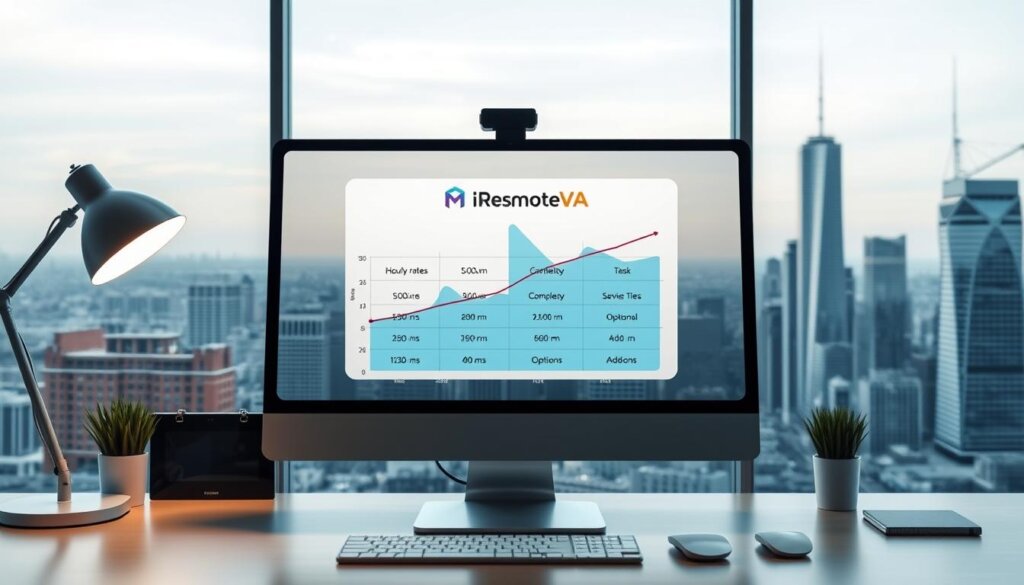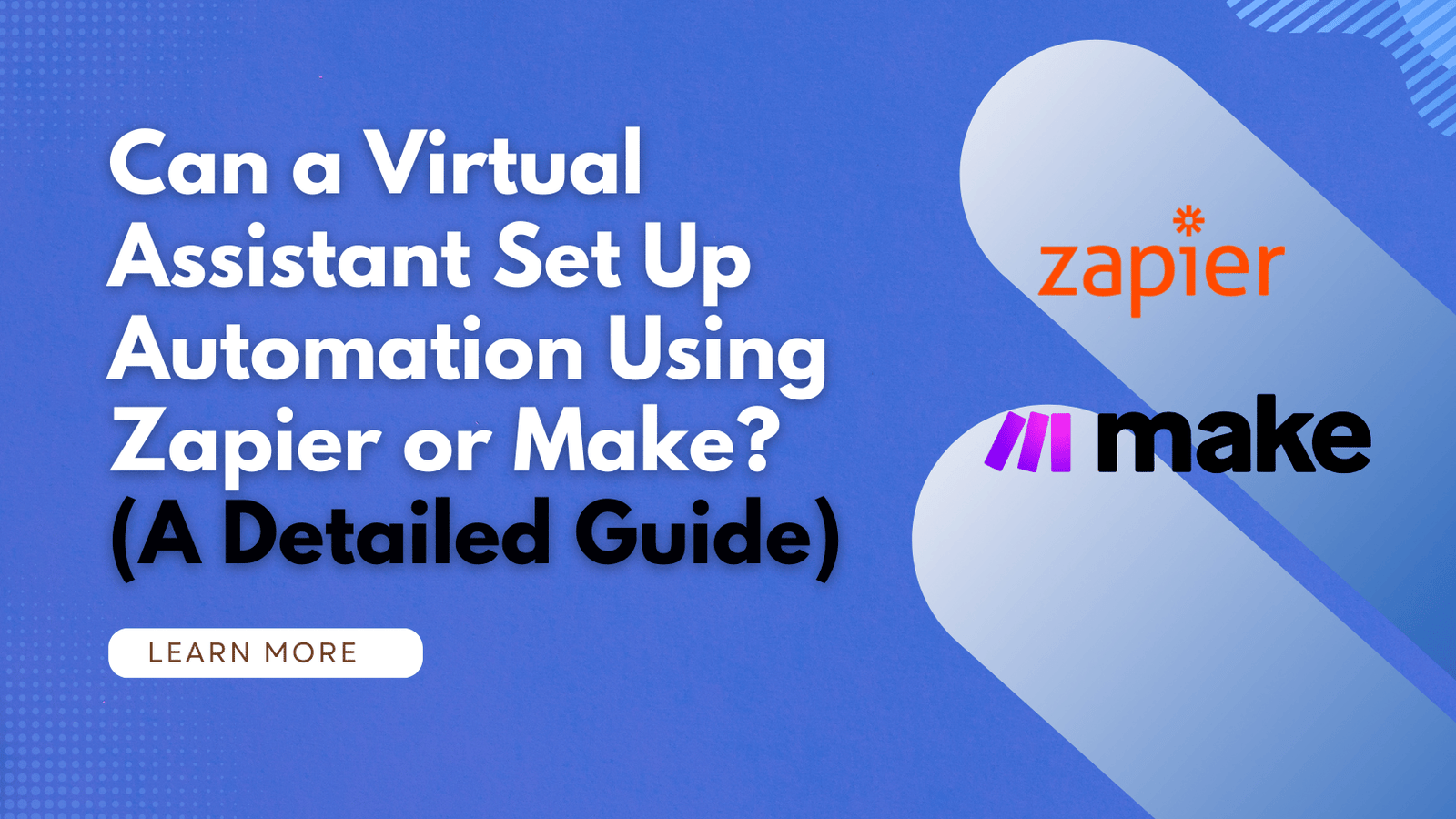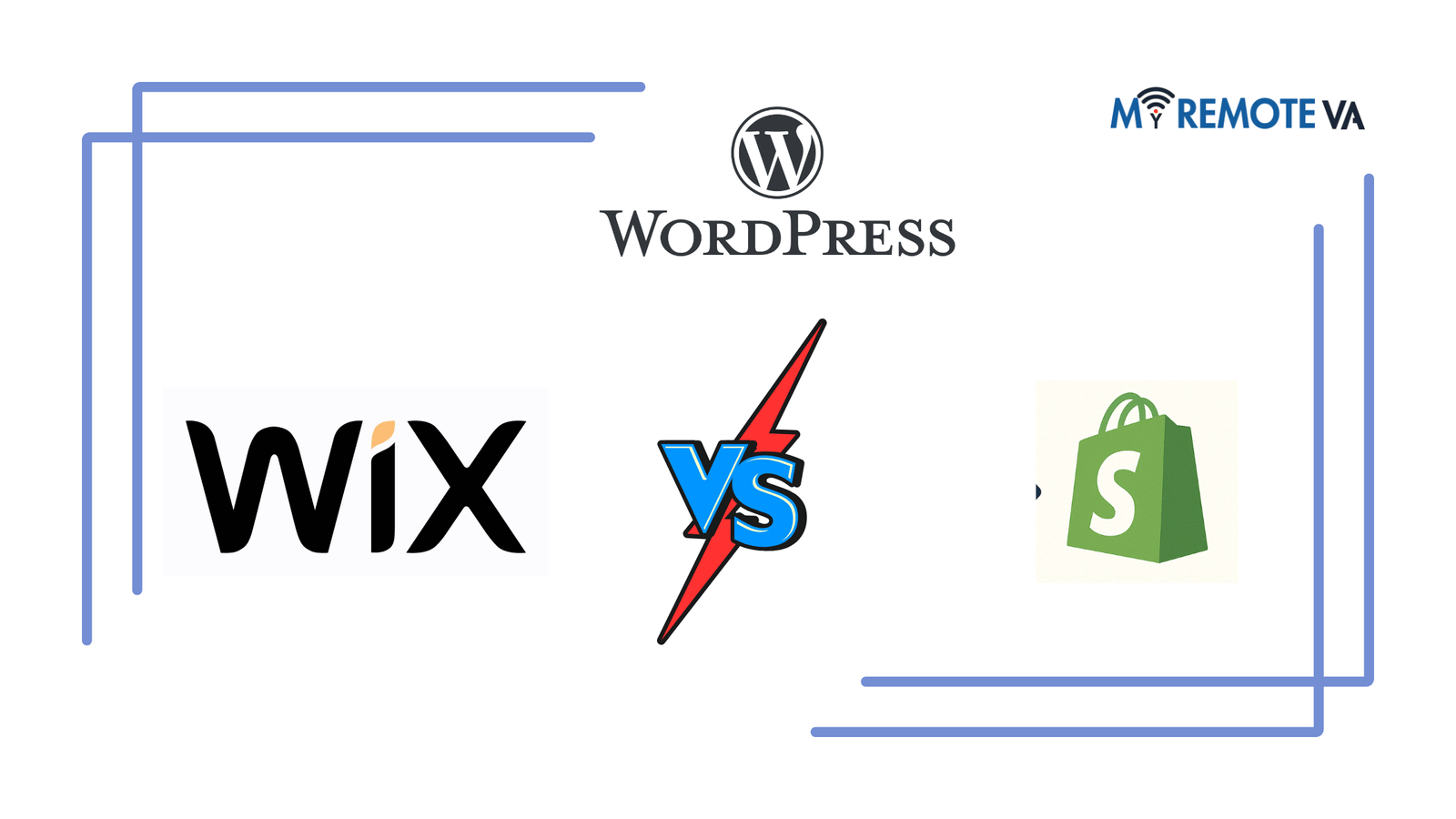Are you thinking about hiring a virtual assistant to help your business? You’re not the only one. Many companies are using remote work to work better and save money.
- The Rising Trend of Virtual Assistance in Today's Business Landscape
- The Cost of Hiring a Virtual Assistant: A Comprehensive Breakdown
- Different Types of Virtual Assistants and Their Price Points
- Comparing Hiring Options: Freelance vs. Agency vs. Full-Time
- What to Realistically Expect from Your Virtual Assistant Investment
- Maximizing Your Return on Investment with Virtual Assistants
- Real Success Stories: Transformative VA Partnerships
- Unlocking Your Potential: The Mindset Shift for VA Success
- Conclusion: Investing in Your Business Future Through Virtual Support
- FAQ
Getting a virtual assistant means you can give tasks to someone else. This lets you spend more time on growing your business. But, it’s key to know the costs first.
This article will help you understand what a remote VA can do for you. It will also show you how to get the most from this setup.
Key Takeaways
- Understand the costs associated with hiring a virtual assistant
- Learn how to determine your budget for virtual assistant services
- Discover the benefits of remote work arrangements
- Find out how to effectively manage your virtual assistant
- Explore the skills and services you can expect from a virtual assistant
The Rising Trend of Virtual Assistance in Today’s Business Landscape
The business world is changing fast. Business owners need to focus on important tasks. So, they use virtual assistants for daily tasks.
Virtual assistance is changing how businesses work. It helps with email, scheduling, and data entry. This makes businesses more efficient and quick to adapt to market changes.

How Virtual Assistants Are Transforming Modern Business Operations
Virtual assistants offer flexible support. They do many tasks, from admin to creative work. This helps businesses be quick to change and find new chances.
Using virtual assistants has many benefits:
- Increased efficiency
- Improved productivity
- Enhanced flexibility
- Access to specialized skills
Here’s a comparison of traditional and virtual assistants:
| Aspect | Traditional Assistant | Virtual Assistant |
|---|---|---|
| Location | On-site | Remote |
| Flexibility | Limited | High |
| Cost | Higher | Lower |
Why More Entrepreneurs and Businesses Are Turning to Remote Support
More businesses choose remote support for its benefits. It lets them find global talent, save money, and balance work and life. Virtual assistants also offer 24/7 support.
With virtual assistants, entrepreneurs can focus on important tasks. This helps them grow their businesses and reach their goals.
The Cost of Hiring a Virtual Assistant: A Comprehensive Breakdown
Thinking about hiring a virtual assistant? The cost is a big worry. It depends on things like how much they charge per hour or if they offer packages. Knowing these costs helps businesses make smart choices about their virtual help.

Hourly Rates vs. Package Pricing Models
Virtual assistants can charge by the hour or in packages. Hourly rates change based on the assistant’s skills and where they are. A top virtual assistant might cost $25 to $50 an hour. A beginner might charge $10 to $15 an hour.
Package pricing models mean a set amount of work for a fixed fee. This is good for businesses with steady tasks. For example, a virtual assistant might offer 10 hours of work a month for a lower price.
A virtual assistant expert says, “Package pricing helps businesses plan their budgets better for virtual help.”
“The key to successful virtual collaboration is finding a pricing model that aligns with your business needs and budget.”
Geographic Factors Affecting Virtual Assistant Costs
Where a virtual assistant is from can change their rates. Assistants in places like the Philippines or India might charge less than those in North America or Europe.
For example, a US-based virtual assistant might charge $25 an hour. But one in the Philippines might charge $5 an hour for the same work. But remember, things like language and time zones matter too.
Specialty Skills and Their Impact on Pricing
Virtual assistants with special skills, like web design, cost more. They have more to offer than just basic help.
A virtual assistant skilled in social media might charge $40 an hour. But someone just doing emails might charge $15 an hour. The more complex the task, the higher the price.
Hidden Costs You Should Anticipate
There are costs beyond just hourly rates or packages. Think about training, software, and extra fees for things like data entry. These can add up.
Knowing about these extra costs helps you plan your budget better. As a business owner, being aware of these costs helps you choose the right virtual assistant.
Different Types of Virtual Assistants and Their Price Points
Remote work has made virtual assistants popular. They offer many skills at various prices. Knowing about different virtual assistants and their costs helps businesses work better.
Virtual assistants come in many types. They include general administrative, technical, creative, and executive VAs. Each type costs differently, based on their skills and the tasks they do.
General Administrative VAs
General administrative VAs help with emails, calendars, data entry, and scheduling. They keep businesses running smoothly. Their hourly rates are between $15 and $30, depending on their experience.
Some key services they offer are:
- Email management and response
- Calendar organization and scheduling
- Data entry and bookkeeping
- Travel planning and coordination

Specialized Technical VAs
Technical VAs are experts in web development, digital marketing, and IT. They help businesses online. Their rates are higher, from $25 to $75 an hour, because of their skills.
They do things like:
- Web development and maintenance
- SEO and digital marketing strategies
- IT support and troubleshooting
- E-commerce management
Creative and Content-Focused VAs
Creative VAs are good at graphic design, content, and social media. They help make content and keep brands strong. Their rates vary, from $20 to $100 an hour, based on the task’s complexity.
They offer services like:
- Graphic design and branding
- Content creation and writing
- Social media management and strategy
- Video editing and production
Executive and High-Level Support VAs
Executive VAs support top leaders with strategy, projects, and research. They are very skilled and responsible. Their rates are higher, from $50 to $150 an hour.
They help with things like:
- Business strategy and planning
- Project management and coordination
- High-level research and analysis
- Executive-level correspondence and communication
Knowing about different virtual assistants and their costs is key for businesses. By choosing the right VA, businesses can work better, be more productive, and grow.
Comparing Hiring Options: Freelance vs. Agency vs. Full-Time
Thinking about getting a virtual assistant? You have to think about the different ways to hire. You can choose a freelancer, an agency, or a full-time remote worker. Each choice has its own good and bad points for businesses.

The Freelance Route: Pros, Cons, and Typical Costs
Freelance virtual assistants are flexible and can save money. The main good things are:
- Flexibility: You can hire freelancers for specific projects. This lets you adjust your support as needed.
- Cost-effectiveness: You only pay for the work done. This is great for small businesses or when work changes.
- Direct Communication: Working with a freelancer directly can make talking easier and avoid mistakes.
But, there are downsides too. You might need to manage many freelancers. Also, the quality of work can vary.
Freelance VA costs vary a lot. They depend on the VA’s skills, experience, and where they are. On average, expect to pay $15 to $30 an hour for basic tasks.
Virtual Assistant Agencies: What You’re Really Paying For
Virtual assistant agencies offer a team of experts. The good things are:
- Reliability: Agencies have backup staff. This means service keeps going even if someone is out.
- Variety of Skills: You get access to many skills. This makes handling different tasks easier.
- Professional Management: Agencies take care of staff training. This saves you time and effort.
But, this service costs more. Agency rates are higher. This is because of the extra management and support.
When picking an agency, think about what you’re getting. It’s not just the VA’s time. You’re also paying for the agency’s knowledge, setup, and management.
Full-Time Remote Employees: When It Makes Financial Sense
Choosing a full-time remote worker is different. The main benefits are:
- Dedicated Support: A full-time worker is fully focused on your business. This can lead to a deeper understanding of your needs.
- Long-Term Commitment: This can create a stable and consistent work relationship.
- Training and Development: You have more say in your employee’s training. This ensures they have the skills you need.
But, there are costs beyond salary. You’ll need to think about benefits, equipment, and possibly higher hiring costs.
This choice is good when you have a lot of work. It’s worth the cost of a full-time salary and benefits.
Making the Right Choice for Your Business Stage
The best choice depends on your business’s stage, needs, and budget. Think about what you need now and in the future. Also, consider how much control you want over your virtual assistant.
By looking at these points and understanding the pros and cons, you can make a choice that helps your business grow.
What to Realistically Expect from Your Virtual Assistant Investment
Knowing what to expect from your virtual assistant is key. It helps you get the most out of this investment. Setting the right expectations and understanding their work habits can make a big difference.

Setting Clear Expectations from Day One
To have a good partnership with your virtual assistant, set clear expectations from the start. Define the work, deadlines, and quality you expect. This avoids confusion and makes sure they meet your goals.
It’s also important to know what your virtual assistant can and can’t do. This helps you give them the right tasks and use their skills well.
Typical Productivity and Output Metrics
It’s crucial to know how your virtual assistant performs. Look at how many tasks they complete, the quality, and how fast they do them. This helps you see where they can improve and make your work better.
Also, set key performance indicators (KPIs) that match your business goals. These could be things like how happy customers are, how fast they respond, or how many tasks they finish.
Communication Patterns and Availability
Good communication is key for a successful virtual assistant partnership. Make sure you have clear ways to talk and know when they’re available. This includes regular meetings, using the right tools, and making sure they’re there when you need them.
Having clear communication rules helps avoid delays and keeps tasks on track. It also builds a strong, trusting relationship.
The Learning Curve: What’s Normal vs. Red Flags
Starting a new partnership takes time to adjust, and working with a virtual assistant is no different. It’s normal for them to take a little while to learn about your business and how things work.
But, watch out for any red flags like always missing deadlines or doing poor work. Fixing these problems quickly can prevent big issues for your business.
Maximizing Your Return on Investment with Virtual Assistants
To get the most from a virtual assistant, plan well. Know the value of your time, hand over tasks wisely, and use systems that help your virtual assistant do their job better.
Calculating the True Value of Your Time
Figuring out your time’s worth is key. This helps you know which tasks to give to your virtual assistant. For example, if you make $50 an hour and give a 2-hour task to a $20 an hour virtual assistant, you save $60.
Steps to calculate your time’s value:
- Find out how much you make per hour.
- Watch how you spend your time for a week to see what takes the most.
- Check each task’s importance and if it can be given to someone else.
Strategic Task Delegation for Maximum Impact
Handing over tasks smartly boosts your ROI. Look for tasks that are repetitive, take a lot of time, or aren’t your main job. This lets you focus on things that grow your business.
Effective delegation tips:
- Be clear about what tasks and what you expect from your virtual assistant.
- Make sure they have what they need to do the job well.
- Have a way to check on their work and give feedback.

Systems and Processes That Amplify VA Effectiveness
Having the right systems and processes is crucial for your virtual assistant’s success. Use tools for managing projects, keep communication open, and check in regularly.
Key systems to implement:
- Tools like Trello or Asana for managing projects.
- Tools like Slack or Zoom for talking and meeting.
- Tools for tracking time and work to see how well they’re doing.
Technology Tools That Enhance Collaboration
The right tech tools make working with your virtual assistant better. Tools like Google Workspace, Microsoft Teams, and others help your team work together smoothly.
Popular collaboration tools:
| Tool | Purpose | Benefits |
|---|---|---|
| Google Workspace | Managing documents and working together | Works in real-time, safe sharing |
| Microsoft Teams | For team talk and work | Chat, video calls, sharing files |
| Trello | Managing projects | Easy to see tasks, customizable boards |
By using these strategies and tools, you can get the most from your virtual assistant. This helps your business succeed.
Real Success Stories: Transformative VA Partnerships
Virtual assistants have helped many businesses grow. They let companies focus on what they do best. This boosts productivity and growth. Here are some stories of how businesses have thrived with virtual assistants.
Small Business Breakthroughs
Small businesses face big challenges. They often have too little money and people. Virtual assistants help them by taking on tasks like customer service and order management.
This lets small businesses grow. They can spend more time on marketing and making new products.
Key benefits for small businesses:
- Increased operational efficiency
- Enhanced customer service
- Improved scalability

How Solopreneurs Scaled with Virtual Support
Solopreneurs do everything by themselves. Virtual assistants change this. They help solopreneurs by doing tasks like scheduling and invoicing.
This lets solopreneurs focus on their main work. For example, a writer could write more because of virtual help.
The freedom to focus on core activities is key for solopreneurs. It helps them grow their businesses.
Enterprise-Level Virtual Team Management
Big companies have lots of projects and people. Virtual assistants help with tasks like data entry and project management. A big company used virtual teams for customer service across the world.
This made customers happier and helped the company grow. It showed how virtual teams can make a big difference.
Best practices for enterprise-level virtual team management include:
- Clear communication channels
- Defined task delegation
- Regular performance monitoring
Virtual assistants help all kinds of businesses grow. They make things more efficient and happy customers. Whether you’re small, solo, or big, the right virtual assistant can change your business for the better.
Unlocking Your Potential: The Mindset Shift for VA Success
The key to unlocking your virtual assistant’s potential is a big change. To get VA success, you must change how you lead.
From Doer to Delegator: Embracing Your Leadership Role
When you add a virtual assistant, you need to stop doing tasks yourself. This mindset shift lets you work on big tasks that grow your business. Your VA will do the day-to-day stuff.
Being a leader means trusting your VA to do their job. You give them the tools and advice they need to do well. Business leaders say, “Delegation is not just about giving tasks. It’s about helping your team win.”
Cultivating Trust in Remote Relationships
Trust is key in any work relationship, but it’s even more important with a virtual assistant. Cultivating trust in remote relationships means talking clearly, setting clear goals, and answering your VA’s questions. This makes a good team where everyone can do their best.
Trust goes both ways. You must be dependable, keep your promises, and listen to feedback. This way, you and your VA will work better together and your business will grow.

Conclusion: Investing in Your Business Future Through Virtual Support
Investing in virtual support is a smart move for your business. It can help your business grow and succeed. By knowing the costs and benefits, you can make good choices for your business’s future.
Virtual support makes your business run smoother. It helps you work better and focus on important tasks. This is true for small businesses, entrepreneurs, and big companies too.
Using virtual support lets you grow your business faster. It also helps you balance work and life. Think about how virtual assistants can help you reach your goals and find new success.
FAQ
What is the average cost of hiring a virtual assistant?
The cost of a virtual assistant varies. It depends on the tasks, expertise, and where they are from. Rates can be from to or more an hour.
How do I determine the right pricing model for my virtual assistant needs?
You can pick from hourly rates, package deals, or retainer fees. Think about what you need, the task complexity, and the skill level needed. This will help you choose the best pricing for your business.
What are the benefits of hiring a virtual assistant from a specific geographic region?
Hiring from places like the Philippines or Eastern Europe can save money. But, also think about language, culture, and time zones.
How do I ensure effective communication with my virtual assistant?
Make communication clear and use tools like Slack or Trello. Regular check-ins also help keep things smooth.
What tasks can I delegate to a virtual assistant?
You can give them many tasks. This includes admin work, tech support, creative tasks, and even executive help.
How do I measure the productivity and effectiveness of my virtual assistant?
Track how well they do tasks, how fast, and the quality. Regular feedback and reviews help too.
What are the advantages of hiring a virtual assistant through an agency?
Agencies offer pre-screened pros, easy onboarding, and ongoing support. They handle training and managing performance.
How can I maximize my return on investment with a virtual assistant?
Focus on smart task giving, use systems and tech to boost their work. This way, you get more value.
What mindset shift is required to achieve success with a virtual assistant?
You must learn to delegate and trust your remote team. This means leading well and letting them handle tasks.
Can virtual assistants support large enterprises as well as small businesses?
Yes, they help all sizes of businesses. Agencies have teams for big projects, no matter the size of your business.















